The constitution is back, if it ever really went away.
On Tuesday the first minister detailed her Plans A, B and C on how to secure a second independence referendum.
A referendum which she hopes and believes will lead to Scotland saying yes to independence.
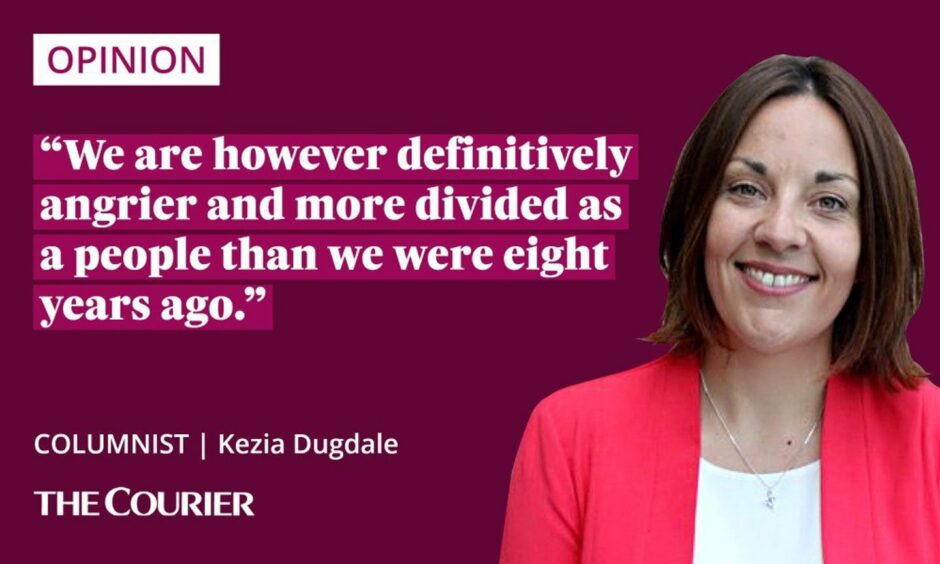
It is not for me to comment on whether the Supreme Court will rule in favour of the Scottish Parliament having the competency to hold a referendum without a section 30 order. No one really knows for sure, which is the whole point of testing it in court.
A new firing gun has started though on the debate about Scotland’s future, regardless of what the court decides.
In fact there’s two Indyref2 debates rebooting and running in parallel.
The first is one about process. What is Scotland’s route to a second independence referendum, who or what will seek to block the road and whether that can be overcome.
The second is the case for independence vs the case for the union.
How we debate Indyref2 matters
For both the Yes and No sides, everything and nothing has changed.
Each will recast their ideological case accommodating for the major political events of the past eight years, notably Brexit, a global pandemic, war in Ukraine and an inflation driven cost of living crisis.
I’m interested in the nature of how the debate is conducted and the impact that has on democratic engagement more generally.
Do we as citizens feel part of the conversation? Is it healthy? Are we being represented and heard?
At the John Smith Centre we care about the health of public discourse and strive for the ability to disagree better than we currently do.
BREAKING: The proposed date for the vote on Scottish Independence is 19 October 2023, first minister Nicola Sturgeon has confirmed. https://t.co/BDi9rcZ4RT
📺 Sky 501, Virgin 602, Freeview 233 and YouTube pic.twitter.com/qt0vAONmOU
— Sky News (@SkyNews) June 28, 2022
This isn’t a pious plea for everyone to be nice to each other, it’s a recognition of the stark reality that words matter. They have consequences.
The language powerful people use reverabates in to every community. It enables and validates other people’s behaviour.
Our leaders set the tone of debates like Indyref2 and we’re predisposed to follow. Seeking to change it, without their power and agency, is like whistling into the wind.
We are angrier and more divided
There’s a hundred different campaign groups, charities, think tanks and academic experts on speedial to comment on whether the United Kingdom is richer or poorer than it was 8 years ago, whether Brexit has enhanced our individual freedoms and global connectivity or diminished it.
Whether we are safer now or then.
We are however definitively angrier and more divided as a people than we were eight years ago.
The growth of populism across the globe is evident to see. We have more leaders who feed on fear, division and emotional responses.
Our politics are more concentrated around issues of identity and culture than before. Rational evidence, experts, compromise and consensus are considered old fashioned.
Gone is the intent to govern for the whole of the UK. It no longer appears to matters if 49% of the country are disengaged and disadvantaged, if 51% are with you and full of heart.
The baseline for the next proposed independence referendum in this regard is the fever pitch high point of the last one. Where it goes from here is down to us.
‘Yes won, No lost, get over it’
I’ve heard two political lines in the last week that don’t fill me with confidence. They’ll likely feel very small fry to you in a world brimming with things to be exasperated by, but hear me out.
Firstly, politicians who cry “Yes won, No lost, get over it.” This has been deployed by those seeking to demonstrate the mandate the SNP/Green coalition has for a referendum.
It jars because it avoids two electoral realities.
Firstly, it’s the parties that came first and fourth that have combined to run the current government. You’d be forgiven for thinking that Scotland’s second favourite colour was green and not blue based on that.
Secondly, it also suggests that you only have a democratic mandate if you win overall. The reality is that every single individual member of the Scottish Parliament has a mandate to argue for the positions they stood on.
So why are some so horrified when a Tory, who stood on a manifesto opposing a second referendum, continues to do so? Equally, why should the SNP respond to Tory demands to focus on what they were elected to do when, from their viewpoint, that’s exactly what they are doing?
Nicola Sturgeon has shown again today that the SNP’s selfish obsession with another divisive referendum is always their top priority 👇🏼 pic.twitter.com/0NVLvwiKPg
— Douglas Ross MP MSP (@Douglas4Moray) June 28, 2022
Delegitimising your opponents is the cheapest of tactics
The second growing trend is an attempt to delegitimise some MSPs on the basis of how they got to Parliament.
I’ve seen prominent SNP frontbench benchers attempt to discredit their opponents because they got there via the party lists rather than through a constituency election.
This sticks in the craw because many SNP household names were list MSPs before they won constituencies and took government office, including the First Minister herself.
The Greens have yet to win a constituency seat in the Scottish Parliament yet no one would or should contest their democratic legitimacy.
You might think this pedantry, but it matters. Seeking to delegitimise your opponents is the cheapest of tactics from the populist playbook and doesn’t bode well for what is coming down the line.
There will be an Indyref2 debate about the pros and cons of both independence and the union over the next 12 months regardless of what the Supreme Court decides. Of that you can be sure.
How it is conducted matters and surely now is the time to start as we mean to go on.
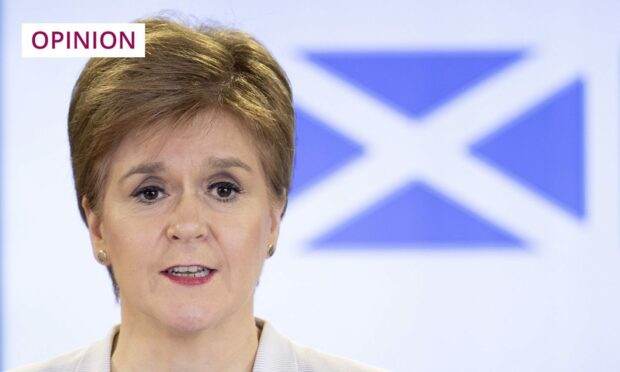
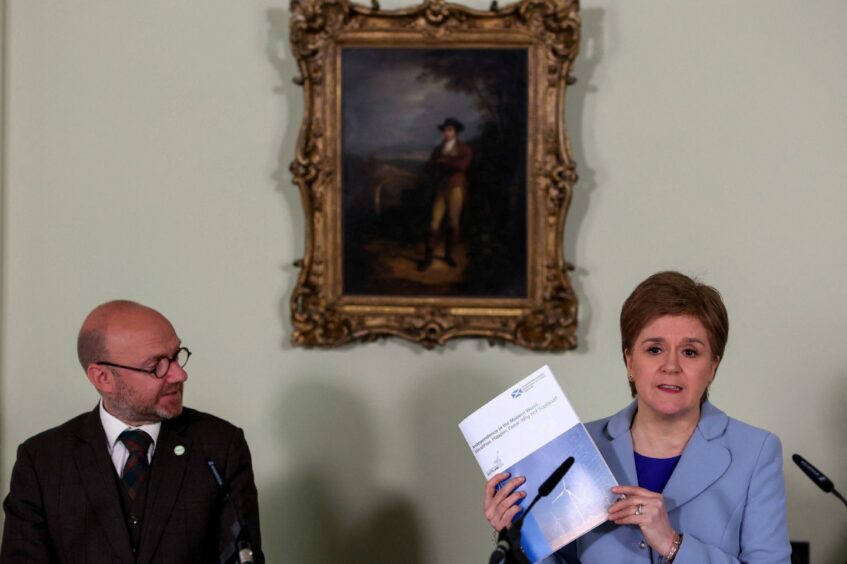
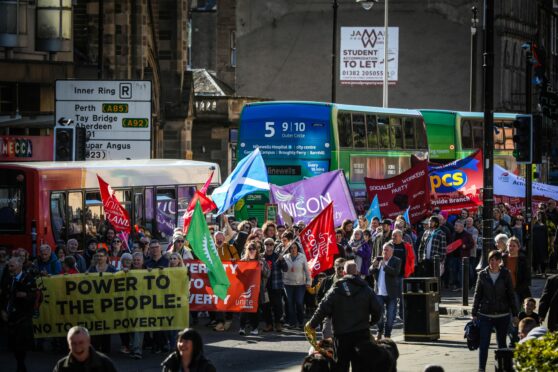
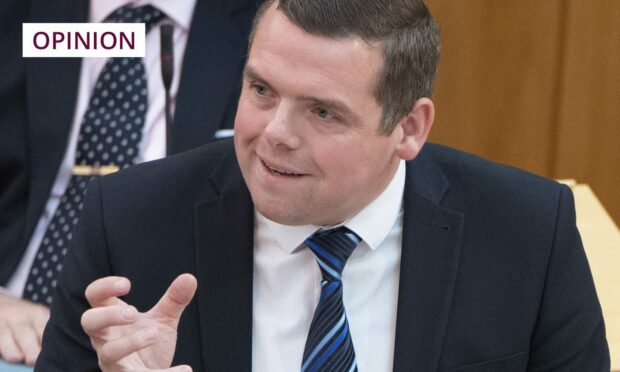

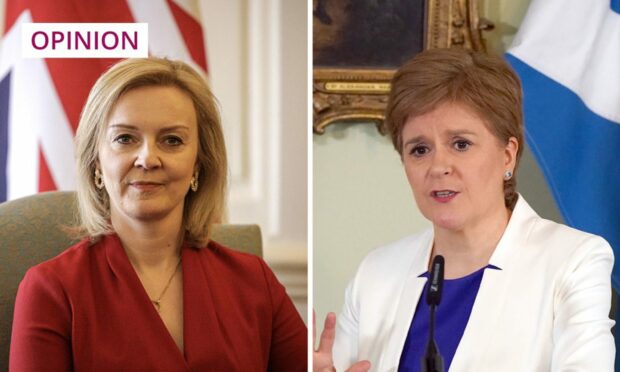
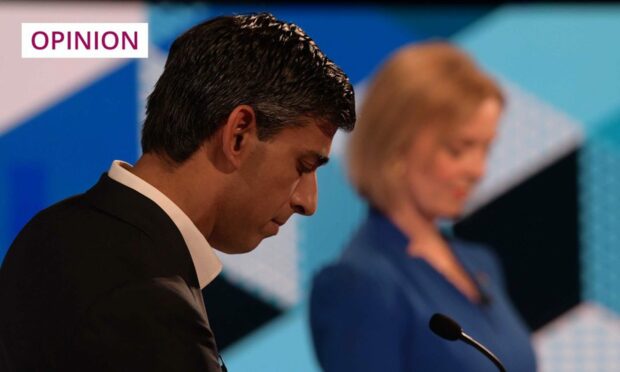










Conversation